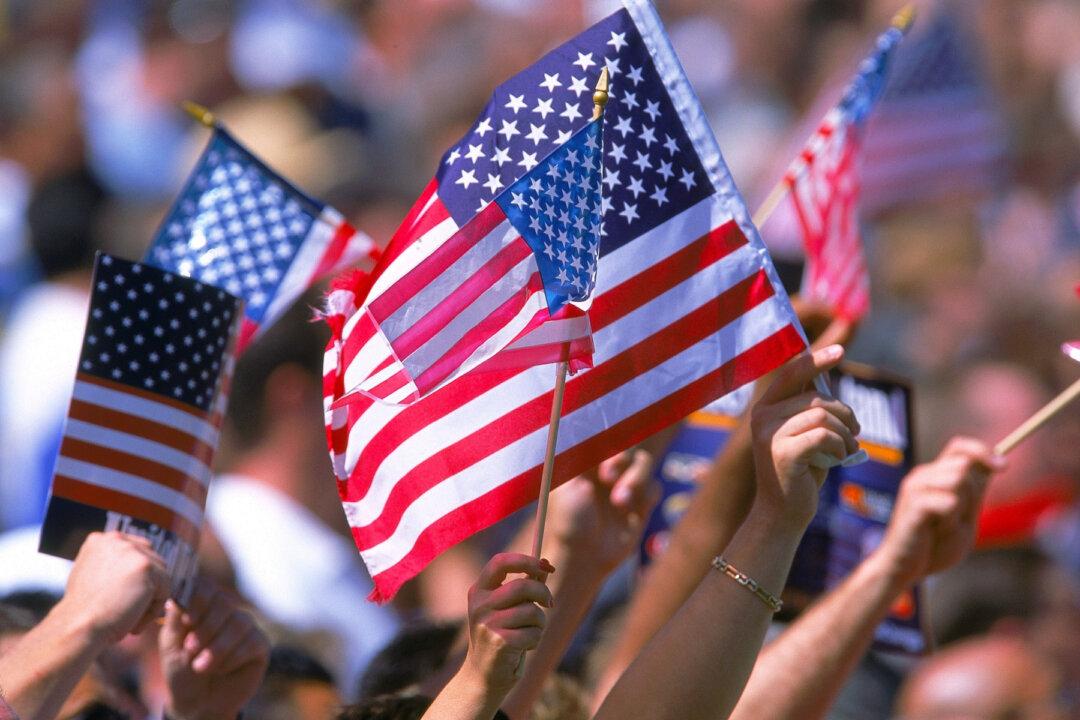From the Archives: This story was last updated in December 2019
In the 21st century in an incredibly globalized economic landscape, it might not come as a surprise that one of the great symbols of America, its stars and stripes, is, as often as not, manufactured in China. But there are changes happening.A sacred emblem of the republic, particularly important to the U.S. military, tasked with defending the rights of its people, the story of making the flag has a special place in the country’s heart.




